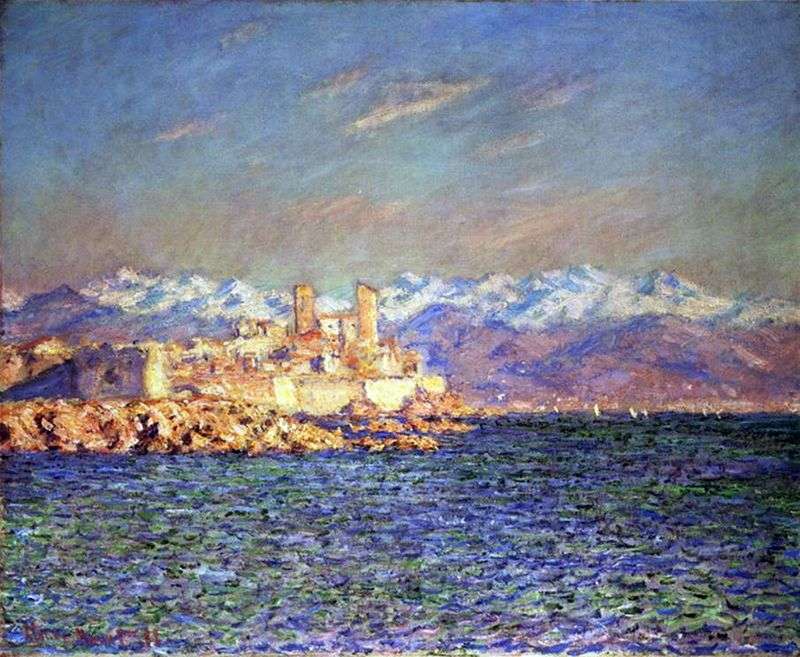
The resort town of Antibes is located on the Cape of Angels Bay, between Nice and Cannes. Antibes-Juan-les-Pins is the longest coastal strip in France. Along the entire coast, coves alternate with mountain slopes and magnificent beaches, which offer a unique view. The city of Picasso, the city of Graham Green has managed to preserve what sets it apart from any other city of the French Riviera – its atmosphere of comfort and soulfulness, and its fortifications are impressive even now.
The narrow flowering streets of the old town lead to the castle of Grimaldi, built on a cliff overhanging the sea. The castle was created in the form of a Romanesque fortress. In the X century, the castle was rebuilt, but retained the square Romanesque tower. In our time, the Picasso Museum has been opened in the castle, its exhibits are a priceless collection of paintings, drawings, prints, lithographs and ceramics of the famous artist. Behind the castle is a boulevard that runs along the sea. He repeats the line of well-preserved defensive structures. From here, a beautiful panorama of Nice and the Alpine mountain range.
Once on the site of the old Provencal fortress city of Antibes, buried in the colors of the capital of the cultural life of the Cote d’Azur, was the Greek port of Antipolis. It was the first city founded by the ancient Greeks on the Cote d’Azur. The name “Antipolis” in Greek means “opposite.” The Greek sailors, calling the city so founded by them, meant its position relative to Corsica already mastered by that time. This thriving city became the most important on the Mediterranean coast in the era of the Roman conquest.
Throughout its long existence, Antibes was strengthened several times: by the Romans, in the Middle Ages, and by the French military engineer Vauban in the 17th century, who led the improvement of Fort Carré and its adaptation to the use of firearms. Fort Carré is a medieval fortress, the construction of which was begun from the central tower, to which four arrow-shaped bastions were later added. This fortification had exceptional power for its era. In 1860, after the annexation of Nice and Savoy to France, Fort Carré lost its strategic importance.
Landscapes of Antibes and Juan-les-Pins, made by Claude Monet, were exhibited in 1888 in the gallery of Boussault and Valadon, whose director was Theo van Gogh, brother of the artist. Felix Feneon, to whom this cycle seemed far from exquisite, responded about him like this: “Fueled by an extraordinary bravado of performance, generosity of improvisation and brilliant vulgarity, his fame is growing; More positioned to the style of this canvas, Mallarme said with delight: “This is your finest hour.”
